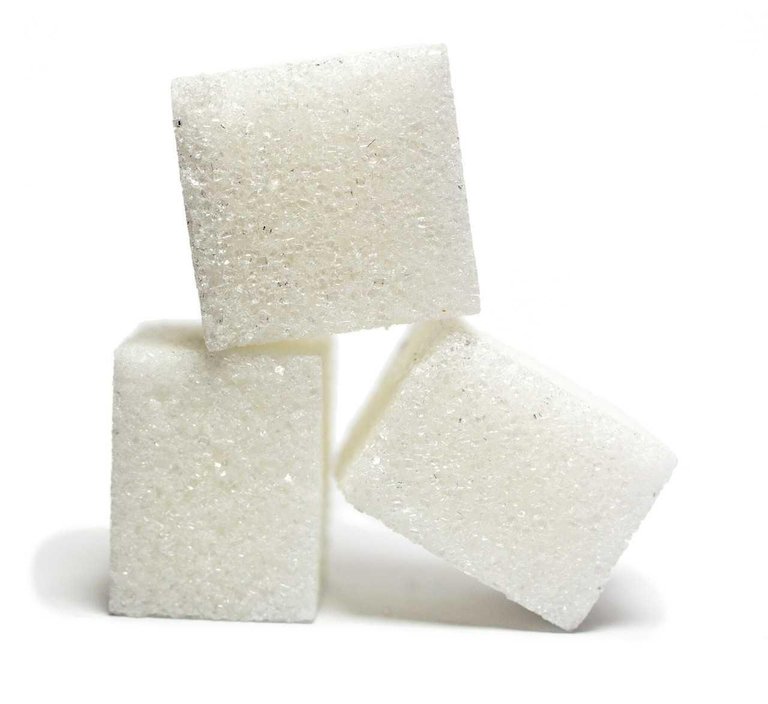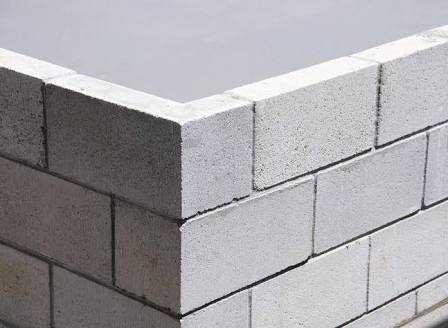
Concrete mixer retarder serves to slow the hardening of concrete and to inhibit temperature rise. These additives consist of various types of acids and sugars, or sugar derivatives.
Mixing mixing is particularly useful for large amounts of concrete pouring, significant temperature increases can occur. This additive may extend the plasticity of the concrete, allowing better stirring or adhesion in the repeated pouring of concrete.
The use of additive additives is typically used to increase concrete spraying, concrete hardening processes, concrete price savings, extend hardening and binding time or so on.
Please note in the use of additional material:

Use additional materials as specified by certain regulations including ASTM (American Society for Testing Material) and BS (British Standard).
Note the dose level to be used and test to control what has been obtained.
Perform procedures according to predefined specifications for each additional material.
Retarder also has side effects that can cause losses, ie excessive backwardness when using a level that exceeds the permitted normal range. The retarder additive material is generally a polyhydroxyl compound, in which the polyhydroxyl is obtained from the monosaccharide description.
Sugar
Sugar is also a substance that belongs to the carbohydrate class with C, H, O as its constituent elements. This sugar is commonly called sucrose / saccharose (C12 H22 O11) and is included in the group that has a sweet taste. This sweet taste is caused by a hydroxyl group. Sucrose / Sakarosa consists of a monosaccharide molecule that is dissolved by the activity of the enzyme ruptures into glucose and fructose.Sugar is used as a filter
Provides the required level of sweetness and reduces the viscosity of the final texture. While glucose syrup is used to control the recrystallization of super saturated solution, and gives viscosity. The more the amount of glucose is added, the dough becomes more sticky and harder. So the boiling temperature is reduced to control the texture of the clay. The standard sugar ratio: glucose = 1: 1.25. For fixed texture and crystallization control, the sugar and glucose ratio can be desired to be 1: 1.5.Sugar can be used as a retarder additive
Even retarder additives are generally polyhydroxyl compounds, which these polyhydroxyl can be derived from monosaccharide variants. Sweet, water-soluble and crystalline monosaccharides after polyhydroxyl obtained from prior sugar, at measured doses, by trial. The main benefit of this retarder is to set a longer time, for hydration reaction, which benefits many things including:
Easy to implement (increase/high working ability)
Structure and texture of concrete more dense and evenly
The structure and texture are uniform, so the strength of the concrete increases
Can inhibit the destructive process of chloride infiltration
Concrete is more durable

Sugar
The content of sucrose of 0.03% to 0.15% by weight of cement will slow the time of binding of cement in the concrete. Strength for seven days decreased and strength of twenty-eight days increased. Sugar content of 0.25% or more causes rapid binding and causes a decrease in strength at twenty-eight days. Each type of sugar affects different binding times and strengths. The sugar content of less than 500 ml / liter of water will not directly affect the strength, but if it exceeds the amount, it should be tested the length of time and strength of binding. Some materials serve as retarders at certain doses to function as accelerators at other doses.
Concrete
Concrete with added sugar and sucrose. Based on the compressive strength test on the three types of concrete made in this study, the normal compressive strength tends to be larger than the concrete with 0.3% pure sucrose, and the concrete with added sugar of 0, 3%. Based on the results of the Vicat test that has been done in the study, it was found that cement paste with a pure sucrose supplement with 2% content experienced the fastest hardening process compared to the others. Based on observations by electronic microscopy, it was found that the binding of cement paste mixture with pure sucrose was faster than the mixture of normal cement paste and cement paste with added sugar of 0.3%.
Influence of Retarder Addition
0.03% granulated sugar and 0.03% sucrose of the weight of cement against the compressive strength of the concrete. The time of cement bonding by using added sugar and sucrose with a mixed content of 0.03% of the weight of cement, it was found that the addition of the sugar and sucrose mixture was retarder, since the results showed that normal cement time was faster, 195 min compared to cement mix time with 0.03% sucrose added material of cement weight, and normal cement time
75 minutes faster than the cement bond time by adding 0.03% of the sugar material from the weight of the cement. The compressive strength of the cylinder is lower than the mortar compressive strength because in the cylinder there is enough cavity caused by coarse aggregate. From visual observation of cement paste bonding time, it can be concluded that the additional material has an effect on the time of binding of cement. The use of sugar mixture content above 2%, this mixture can serve as an accelerator.
Conclusion
The use of sugar based additives of 0.03% of the weight of cement has a decreasing effect on the permeability coefficient and the porosity value of the concrete. The lignin content contained in the sugar-based ingredients increases the adhesion between the concrete particles, so the concrete becomes more solid. Sugar-based ingredients that serve as inhibitors make the cement more time to hydrate, resulting in more dense concrete and water capillaries contained in the concrete and become less.



About The Science I Have Written:
Science: | Science: | Science: | Science: | Science: | Science: | Science: | Science: | Science: | Science: | Science: | Science: | Science: | Science: | Science: |